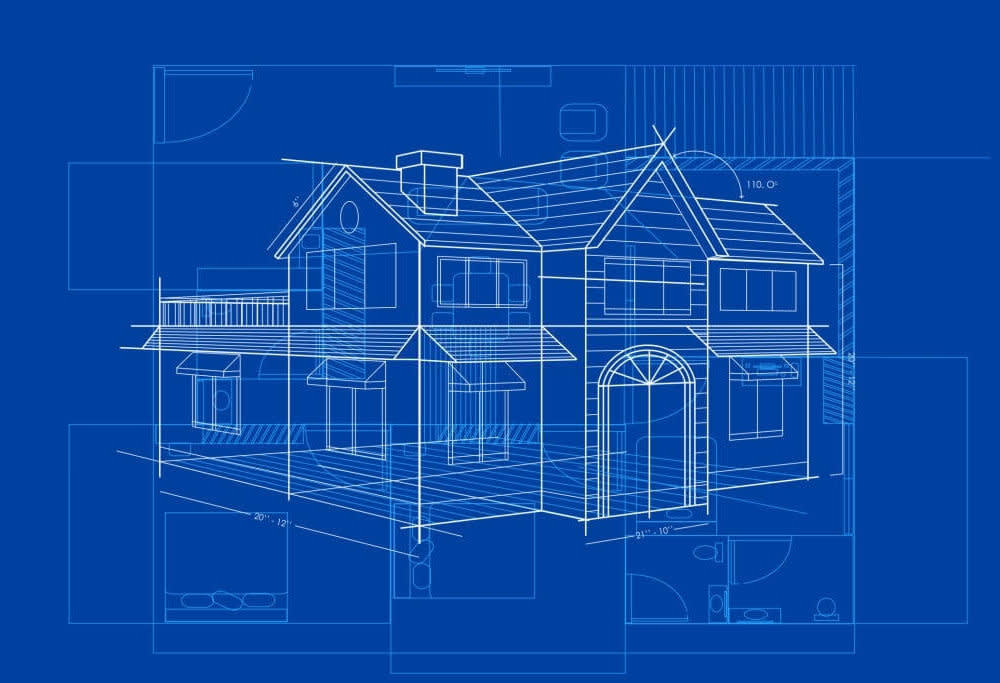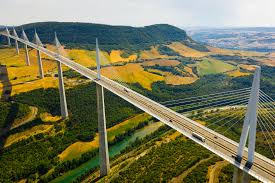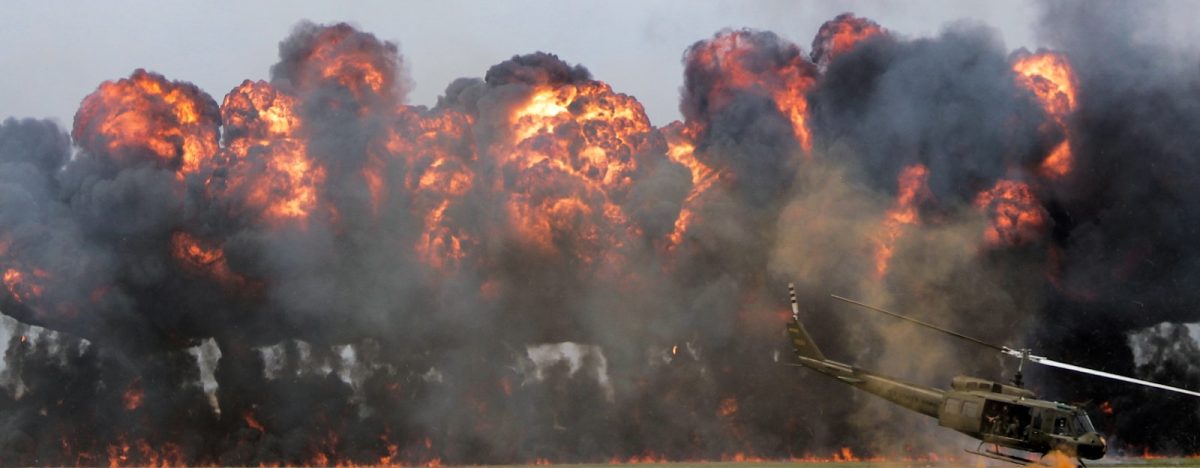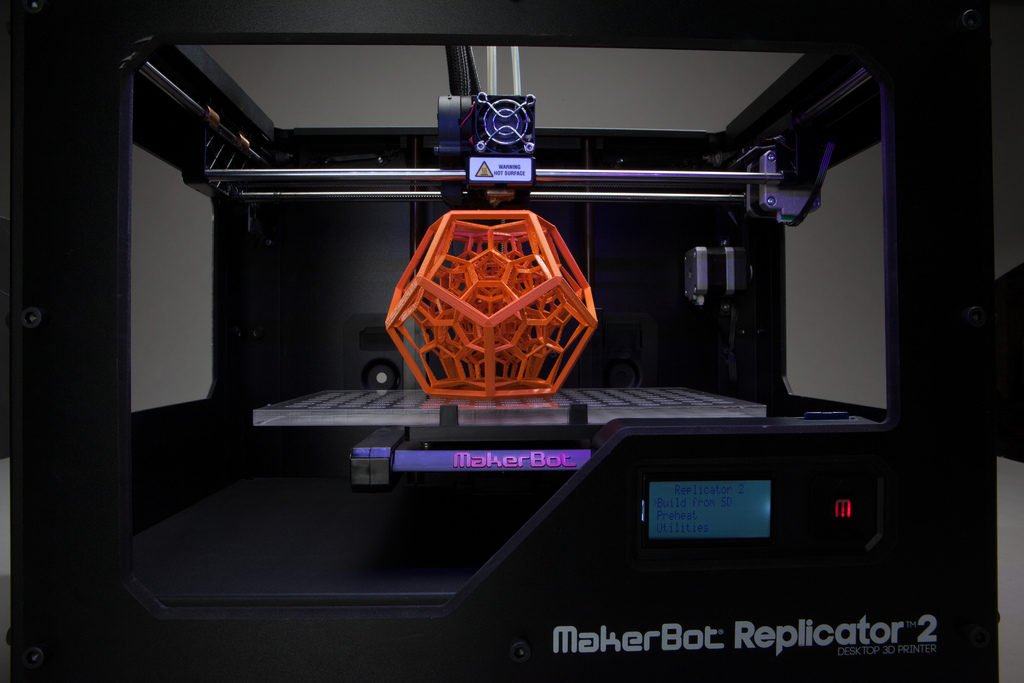When a teacher says, “First, make the blueprints for this project” or something similar, where does the name “blueprint” come from?
Well the first blueprint was made in 1842 by John Herschel. It was called cyanotype, a process in which you would have the object you want to record on a piece of paper that had various irons and salts.
After that, you would lay it down outside for the UV rays from the sun for about 20 (if you have a cyanotype kit), but back then, it would probably take longer.
After that, wash it with water and have the finished cyanotype.
In this case, they would put their hand-drawn picture of their house or prototype of anything, and they would have the first blueprints.
Today, blueprints and cyanotypes are obsolete because of modern modeling technology and printing.
Why are blueprints helpful, and why do we need them?
Blueprints are helpful because they provide a clear plan of what to do.
The blueprints are so tightly related to plans because they ARE the plan.
Blueprints help the people building the project or building be sure of what they’re doing and have the right measurements.
It also helps tell how finished the building is.
But the real reason why blueprints are called BLUEprints is because they’re…BLUE!
Related stories:
https://drawingmatter.org/a-blueprint-is-blue/
https://gizmodo.com/why-are-blueprints-blue-5953073
https://noonpi.com/why-are-blueprints-called-blueprints/
Take action:
https://cedreo.com/blog/how-to-draw-blueprints/






